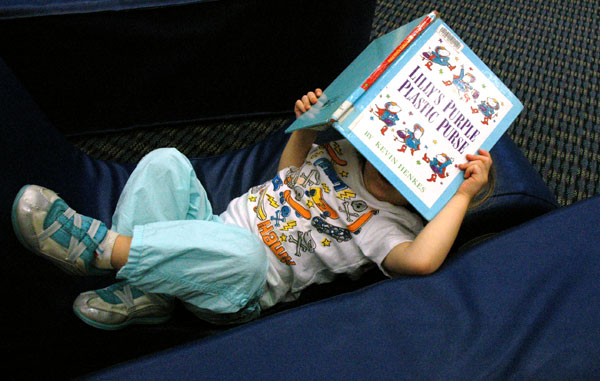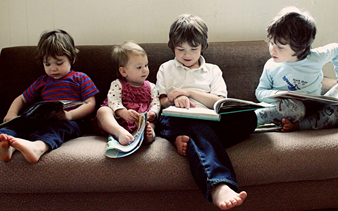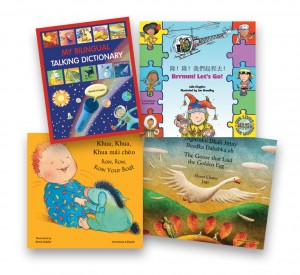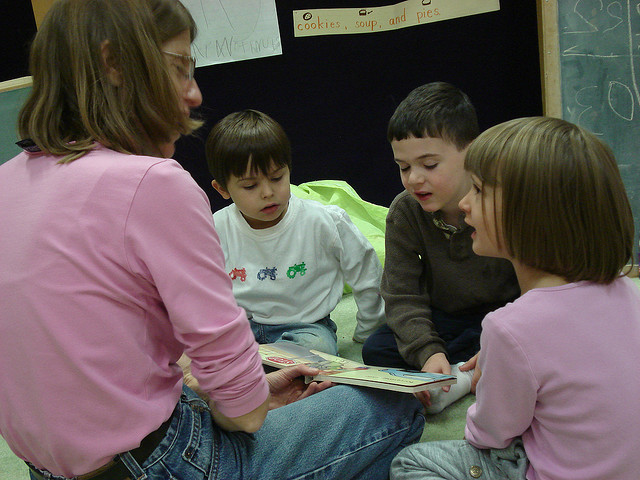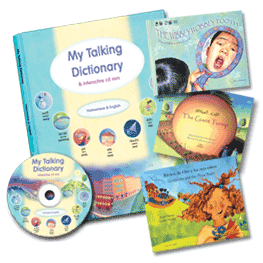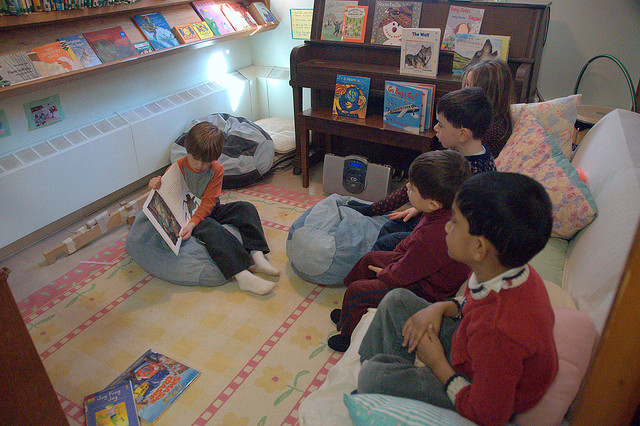photo credit: KOMUnews @flickr.com
“ is what reading is all about: yes, it will make kids smarter and give them a better start in life than non-readers, but for me that’s not the point. The point is that reading is fun…”
This is a quote from a recent article in British newspaper The Guardian by Charlie Higson, author of a variety of YA fiction including the Young James Bond series. Sure, as a writer he might have a vested interest in promoting reading, but............. CONTINUE READING
July 31, 2013

